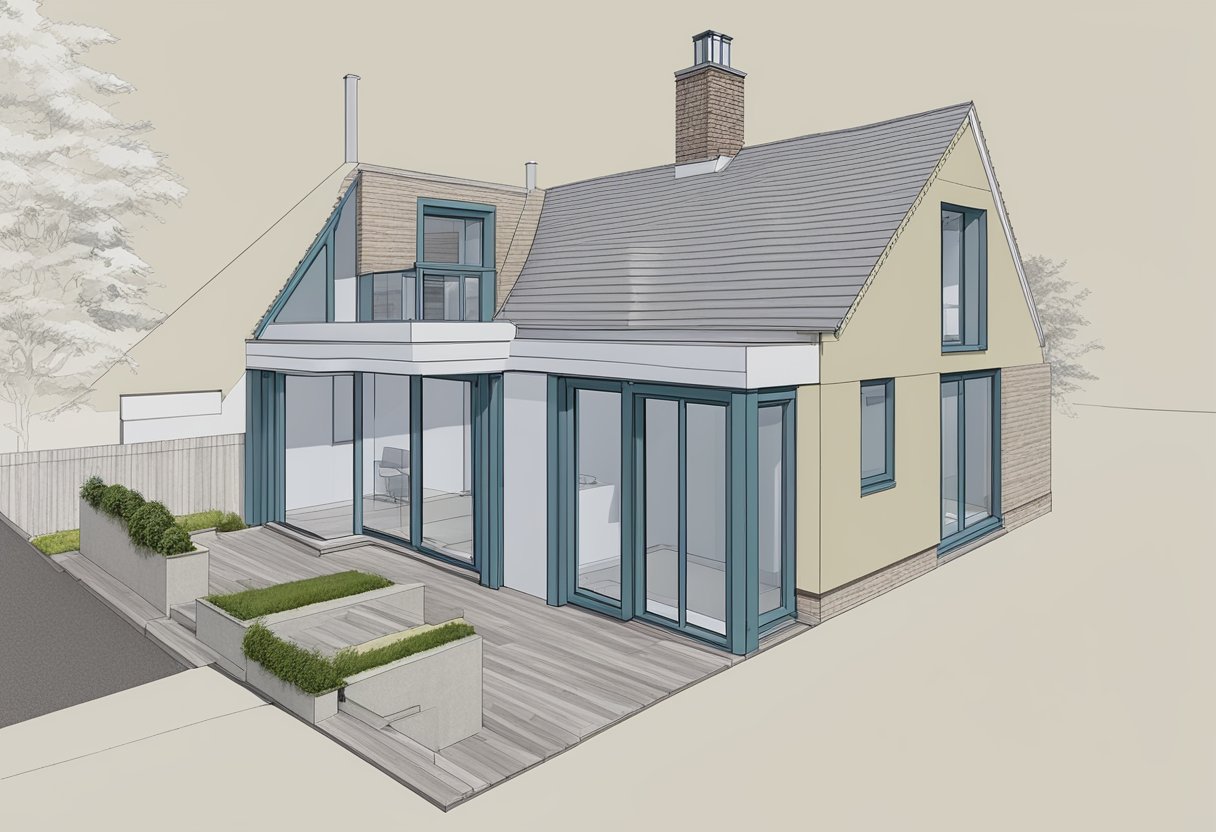Planning Permission for Attic Conversion: What You Need to Know
Planning permission for an attic conversion can be a complex process, but it’s worth the effort if you’re looking to add some extra space to your home. Before you start, it’s important to understand the rules and regulations surrounding this type of project.
In general, planning permission is not required for most attic conversions, as they fall under permitted development rights. However, there are some exceptions, such as if you live in a conservation area or a listed building. In these cases, you will need to apply for planning permission before starting any work.
Even if planning permission is not required, you will still need to comply with building regulations. These regulations ensure that the work is carried out safely and to a high standard. It’s important to work with a reputable contractor who is familiar with the regulations and can help you navigate the process.
Understanding Planning Permission
Legal Framework for Attic Conversion
When considering an attic conversion, it is important to understand the legal framework surrounding planning permission. In the UK, planning permission is required for most types of development, including adding an extension or converting an attic. The planning permission process is governed by the Town and Country Planning Act 1990 and subsequent amendments.
The first step in determining whether planning permission is required for an attic conversion is to consult your local planning authority. They will be able to provide guidance on what is required and what restrictions may apply in your area. It is important to note that planning permission can take several weeks or even months to obtain, so it is important to plan accordingly.
Determining the Need for Permission
In most cases, planning permission is required for attic conversions. However, there are some exceptions to this rule. If the conversion falls under what is known as permitted development rights, then planning permission may not be required. Permitted development rights allow for certain types of development to take place without the need for planning permission.
To determine whether your attic conversion falls under permitted development rights, you will need to consult your local planning authority. They will be able to provide guidance on what is allowed and what restrictions may apply. It is important to note that even if your conversion falls under permitted development rights, you may still need to obtain building regulations approval.
Overall, it is important to understand the legal framework surrounding planning permission when considering an attic conversion. By consulting your local planning authority and understanding the need for permission, you can ensure that your conversion is legal and meets all necessary requirements.
The Application Process
When it comes to converting your attic, obtaining planning permission is a crucial step in the process. Here is a breakdown of the application process to help you navigate it smoothly.
Preparing the Application
Before submitting your application, it is important to ensure that it is complete and accurate. This includes providing detailed plans and drawings of the proposed conversion, as well as any other relevant documents such as a structural engineer’s report.
Consulting Neighbours and Local Council
It is also important to consult with your neighbours and local council before submitting your application. This will help to ensure that your proposal is in line with local planning policies and that any concerns or objections are addressed early on.
Submission and Assessment
Once your application is complete, it can be submitted to the local council for assessment. This process typically takes around 8 weeks, during which time the council will review your proposal and consult with relevant parties such as neighbours and conservation officers.
If your application is approved, you will receive a formal notice of decision. If it is rejected, you may be able to make amendments and resubmit your application, or you may need to consider alternative options.
Overall, obtaining planning permission for an attic conversion can be a complex and time-consuming process. However, by ensuring that your application is complete and accurate, consulting with relevant parties, and following the local council’s guidelines, you can increase your chances of a successful outcome.



